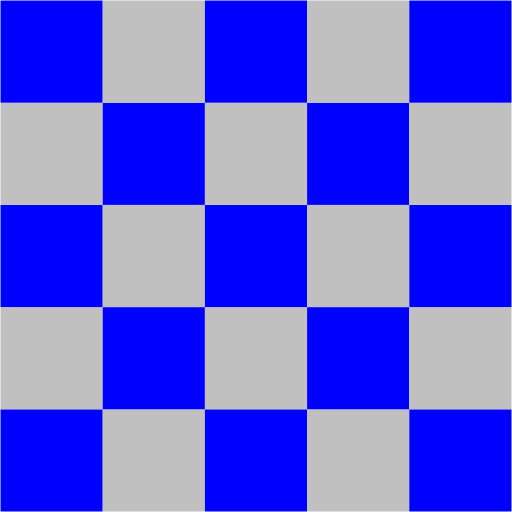 Input and Output
Input and Output
The purpose of this assignment is to give you practice writing programs with input and output, including standard output, standard input, and standard drawing.
ShannonEntropy.java that takes a command-line integer
m; reads a sequence of integers between 1 and m from standard input;
and prints the Shannon entropy to standard output, with 4 digits after the decimal point.
The Shannon entropy of a sequence of integers is given by the formula:
\( H \;\; = \;\; - \; (\, p_1 \log_2 p_1 \;+\; p_2 \log_2 p_2 \;+\; \ldots \;+\; p_m \log_2 p_m) \)
where \(p_i\) denotes the proportion of integers whose value is \(i\). If \(p_i = 0\), then treat \(p_i \log_2 p_i\) as 0.
~/Desktop/io> javac-introcs ShannonEntropy.java ~/Desktop/io> cat fair-coin.txt 1 1 1 1 2 1 2 1 1 2 2 2 2 2 1 2 1 2 2 1 ~/Desktop/io> java-introcs ShannonEntropy 2 < fair-coin.txt 1.0000 ~/Desktop/io> cat loaded-die.txt 3 2 6 2 4 3 2 1 2 2 1 3 2 3 2 2 ~/Desktop/io> java-introcs ShannonEntropy 6 < loaded-die.txt 1.8750 ~/Desktop/io> java-introcs DiscreteDistribution 1000000 80 20 | java-introcs ShannonEntropy 2 0.7221 ~/Desktop/io> java-introcs DiscreteDistribution 1000000 80 20 | java-introcs ShannonEntropy 2 0.7217
Step-by-step calculation. Consider the following sequence of 16 integers generated from a loaded die.
3 2 6 2 4 3 2 1 2 2 1 3 2 3 2 2This table shows the frequencies \(x_i\), the proportions \(p_i\), and the \(-p_i \log_2 p_i\) terms:
The Shannon entropy is 1.875 = 15/8.
The Shannon entropy is a measure of the rate of information produced by a random source, such as the outcomes of flipping a fair coin or rolling a loaded die. It is a fundamental concept in information theory and data compression.
Checkerboard.java that takes a command-line
integer n and plots an n-by-n checkerboard pattern to
standard drawing. Color the squares blue and light gray, with the bottom-left square blue.
To draw,
StdDraw.setScale(0, n) so that
x- and y-coordinates of the canvas range from 0 and n.
StdDraw.filledSquare() or
StdDraw.filledPolygon() to draw each of the n2 squares.
~/Desktop/io> javac-introcs Checkerboard.java ~/Desktop/io> java-introcs Checkerboard 8~/Desktop/io> java-introcs Checkerboard 4
~/Desktop/io> java-introcs Checkerboard 5

Input format. The first line contains two integers: width and height. The remaining part of the input is divided into regions.
For simplicity, if a region requires more than one polygon to describe its boundary, we treat it as multiple regions, with one polygon per region.
Output format. Draw the polygons to standard drawing, using the following guidelines:
StdDraw.setCanvasSize() to set the size of the canvas to
be width-by-height pixels.
StdDraw.setXscale() and StdDraw.setYscale()
so that x-coordinates of the canvas range from 0 to width and
the y-coordinates range from 0 to height.
StdDraw.polygon() to draw each polygon.
Here are some sample executions for the input files
usa.txt,
russia.txt, and
world.txt.
Additional input files are available
for 100+ countries and all 50 U.S. states.
~/Desktop/io> javac-introcs WorldMap.java ~/Desktop/io> java-introcs WorldMap < usa.txt~/Desktop/io> java-introcs WorldMap < russia.txt
~/Desktop/io> java-introcs WorldMap < world.txt

Submission.
Submit a .zip file containing
ShannonEntropy.java,
Checkerboard.java, and
WorldMap.java.
You may not call library functions except those in the java.lang
(such as Integer.parseInt() and Math.sqrt())
and stdlib.jar (such as StdIn.readInt() and
StdDraw.polygon()).
Use only Java features that have already been introduced in this course (e.g., loops and arrays,
but not functions).